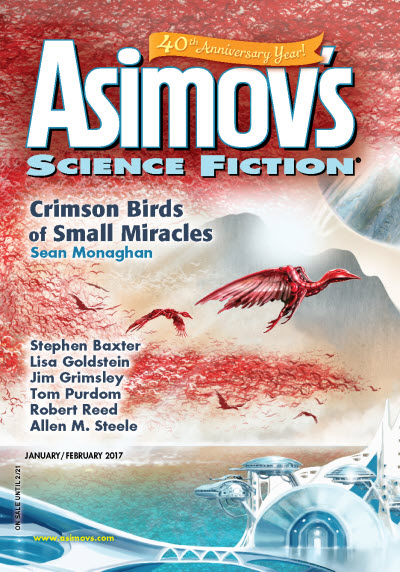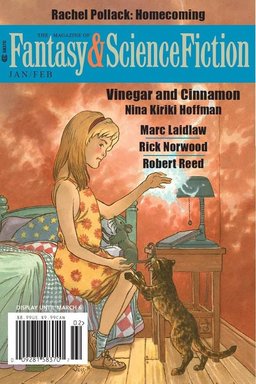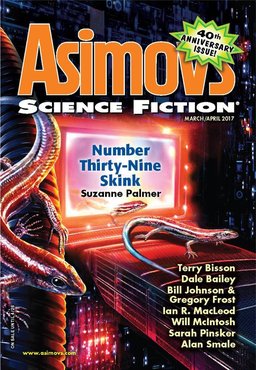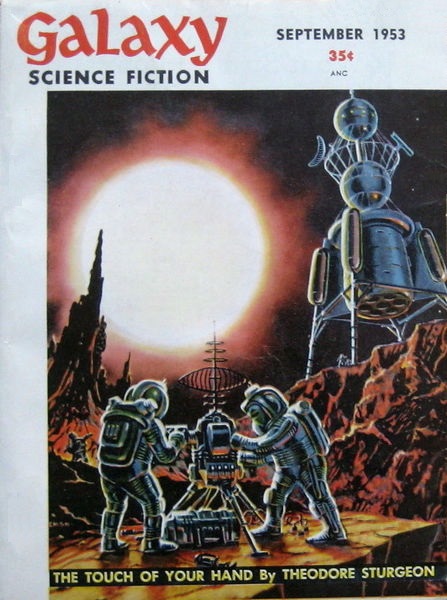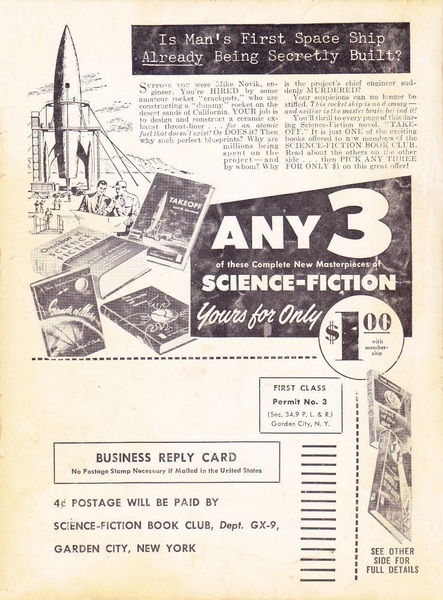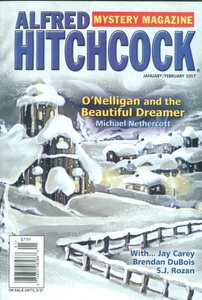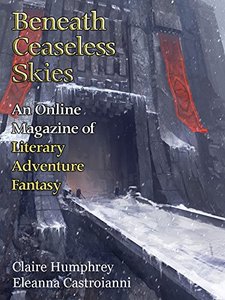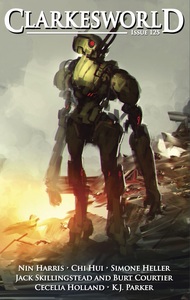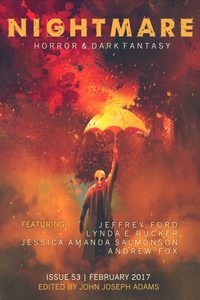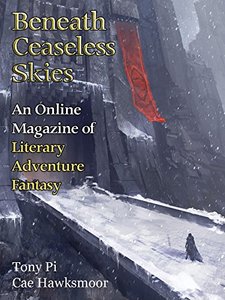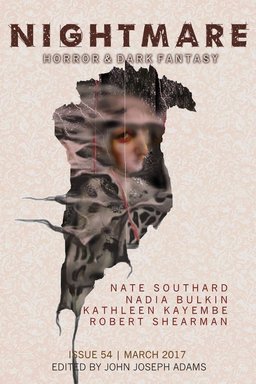March Issue of The Dark Now on Sale
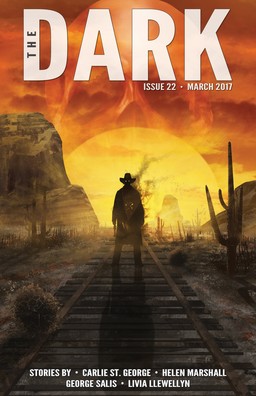 There’s a delicious Weird Western cover on The Dark this month, and that’s enough reason to check it out in my book. (Click the image at right for a supersized version.)
There’s a delicious Weird Western cover on The Dark this month, and that’s enough reason to check it out in my book. (Click the image at right for a supersized version.)
The magazine became a monthly last year, and so far in 2017 it’s published original fiction by Sara Saab, Lisa L. Hannett, Emily B. Cataneo, and Suyi Davies Okungbowa, plus reprints from Ray Cluley, E. Catherine Tobler, Michael Wehunt, and Michael Harris Cohen. At $1.99 per issue, it remains one of the best bargains in the field.
The Dark is co-edited by Silvia Moreno-Garcia and Sean Wallace, with assistance by Jack Fisher. It is published online and in digital formats, and includes two original stories and two reprints each issue. Here’s the Table of Contents for issue #22, cover-dated March 2017.
“If We Survive the Night,” by Carlie St. George
“Caro in Carno,” by Helen Marshall (from The Mammoth Book of Cthulhu, 2016)
“The Thinker,” by George Salis
“The Mysteries,” by Livia Llewellyn (from Nightmare Carnival, 2014)
You can read issues free online, or help support the magazine by buying the ebook editions, available for the Kindle and Nook in Mobi and ePub format. Issues are around 50 pages, and priced at $2.99 through Amazon, B&N.com, Apple, Kobo, and other fine outlets — or subscribe for just $1.99 per issue. If you enjoy the magazine you can contribute to their new Patreon account here. You can also support The Dark by buying their books, reviewing stories, or even just leaving comments.
Read the March issue here, and see their complete back issue catalog here. The March cover is by breakermaximus. We last covered The Dark with the December issue.
See our March Fantasy Magazine Rack here, and all of our recent Magazine coverage here.
